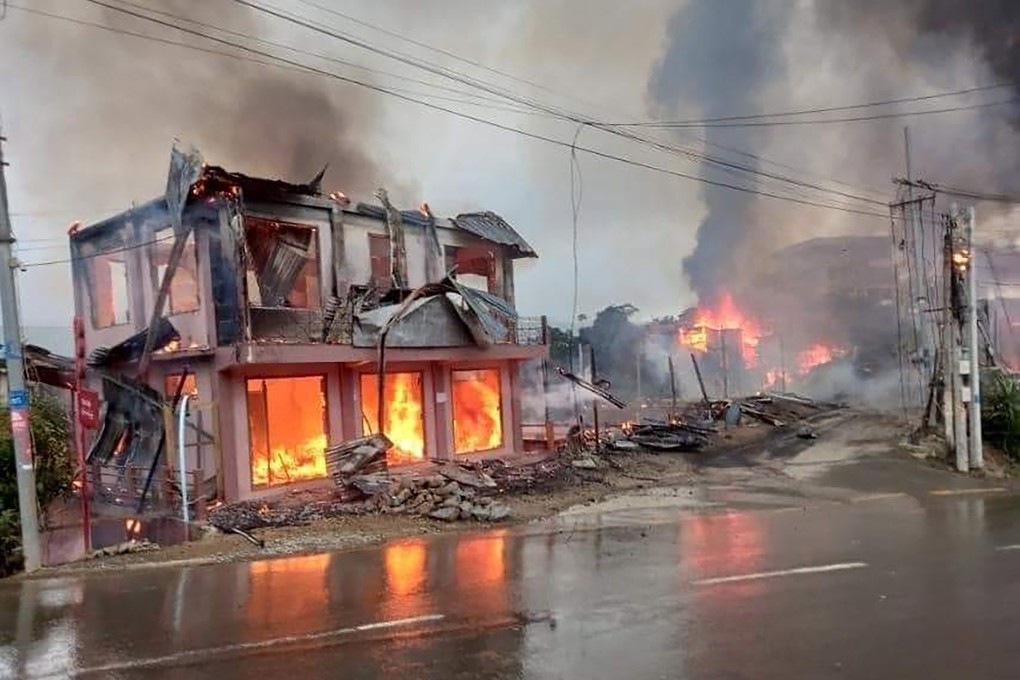Tortured, executed, shot: a junta’s way of death in post-coup Myanmar
- As the UN secretary general Antonio Guterres warns the window for action is closing, experts liken the alleged atrocities of Min Aung Hlaing’s forces to those of Islamic State
- In three recent alleged mass murders that have been pieced together by This Week in Asia, a preacher, a doctor and students were among the victims

In the latest of these warnings, the UN secretary general Antonio Guterres this week said the window to prevent junta chief Min Aung Hlaing’s forces from entrenching their now seven-month de facto rule of the country was closing, and once again called for a unified international response.
His remarks – in a report released on Wednesday – came as the 16-day UN General Assembly came to an end with little meaningful action by countries to de-escalate the violence.
Guterres said, in a report titled “Situation of human rights of Rohingya Muslims and other minorities in Myanmar”, that those expressing opposition to the military and joining democratic movements were being subject to “arbitrary killings and detention, disappearances, night raids, intimidation and torture”.
Between Min Aung Hlaing’s seizure of power from the democratically elected National League for Democracy (NLD) on February 1 and late July, there had been at least 150 instances in which security forces reportedly used lethal force against unarmed protesters, Guterres said.
“Security forces predominantly fired live ammunition and used automatic firearms and sniper rifles. There were also many reported instances of security forces relying on mortar rounds, rocket-propelled grenades and fragmentation grenades,” the secretary general said.
